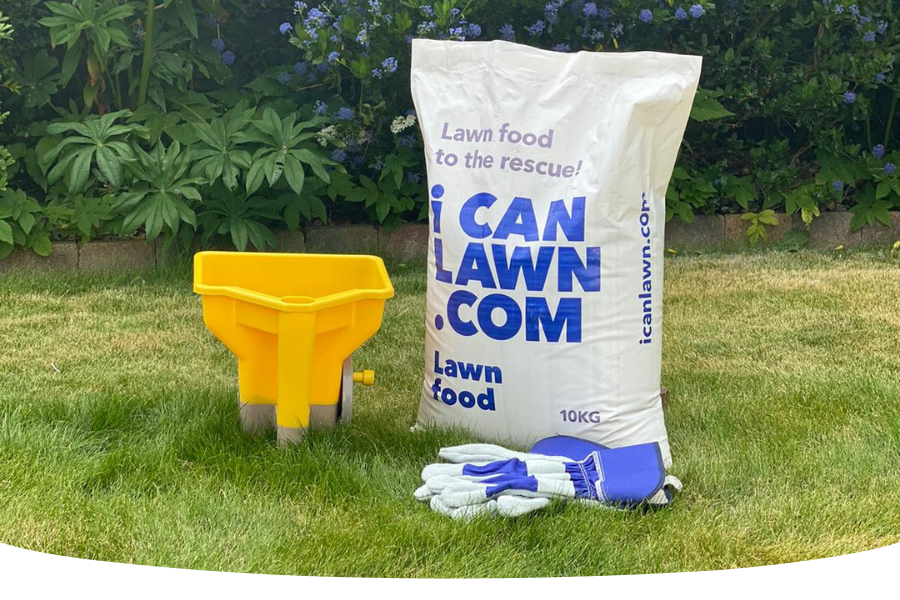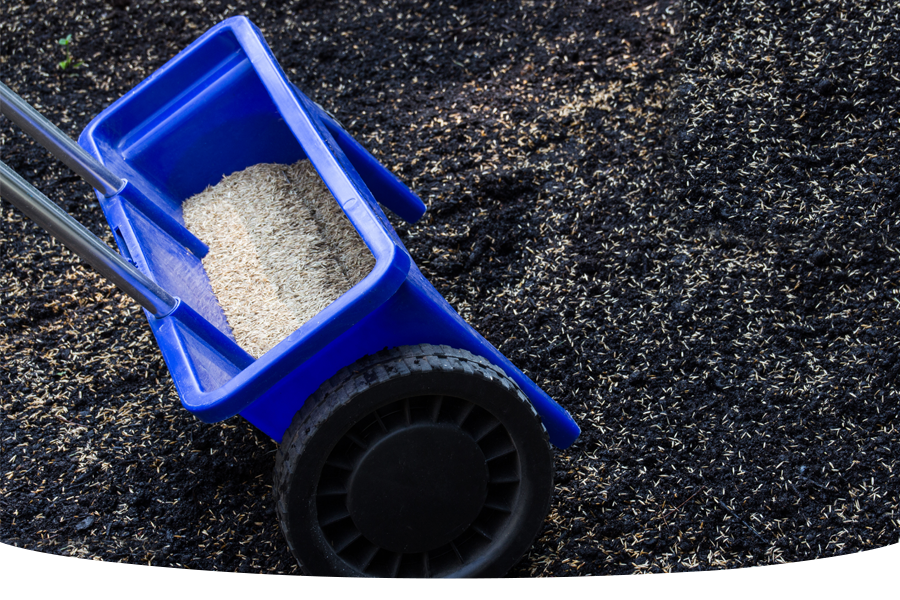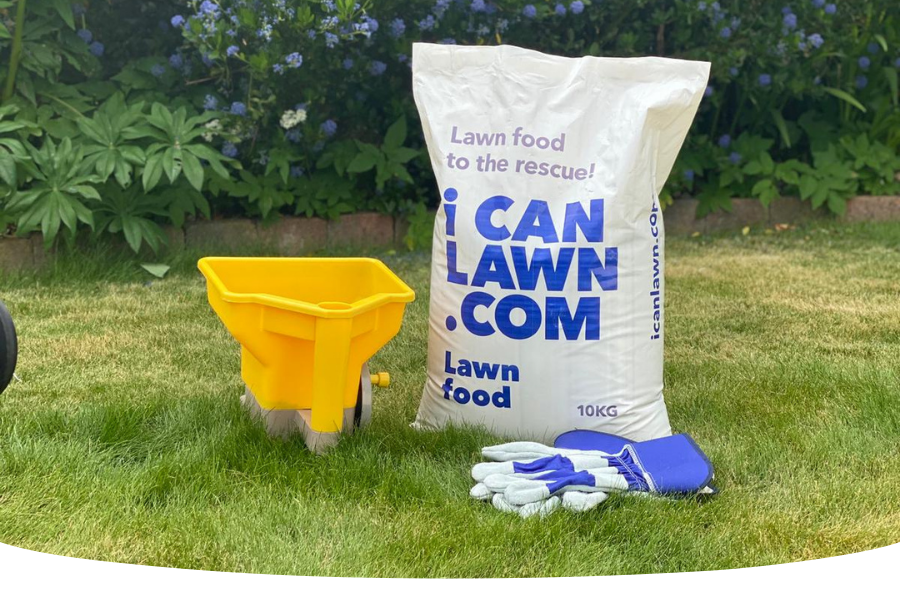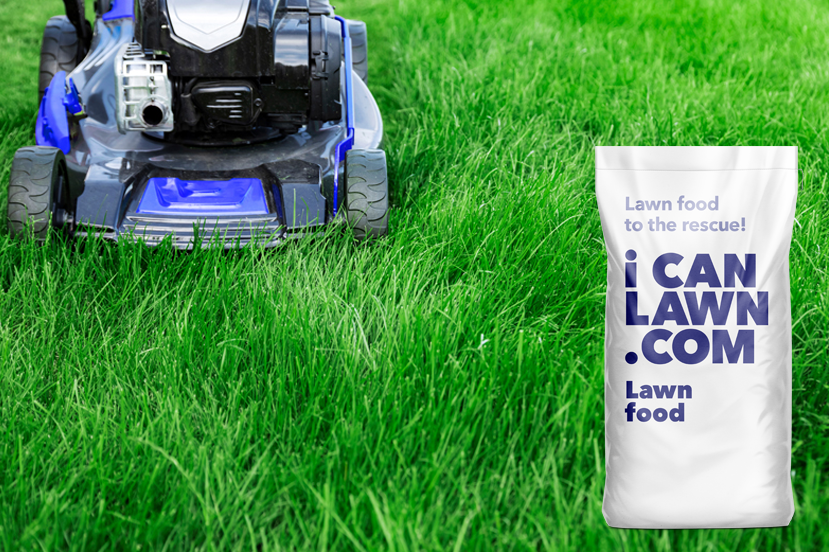When can I feed my lawn again?
Typically, our lawns will emerge from winter looking a bit worse for wear. Lawns can look dry, yellowed and even dead.

While it may be tempting to go out and give it a good feed, winter feeding isn’t going to do any good - and here's why.
Timing is key
Unfortunately, in January, the temperatures are still pretty low in the UK, and your ground may be frozen. Before you start thinking about feeding your lawn, you should make sure there are consistent temperatures of at least 10 degrees. Where you live in the UK will depend on when you start to hit those temperatures. But as a rule of thumb, we recommend waiting until March time before you start feeding your lawn again.
Playing the waiting game
It might be hard to resist the urge to go out and feed your lawn, especially considering how it may look after winter! But waiting until March time to feed your lawn will yield much better results. From November through to February, lawns become dormant, meaning they go into a state of rest to help conserve water and nutrients. Essentially, they hibernate! During this time, the speed at which your lawn grows will decrease rapidly. Feeding your lawn when it is dormant and the weather is still wintery will only waste your lawn food as your lawn will be unable to use those nutrients before they are washed away by rain.
Knowing when to feed your lawn is only one of the things you need to consider when feeding your lawn. You should also choose the right type of lawn food and know how to apply it correctly to make sure you will have a healthy lawn all year long.
How to choose a suitable lawn food for your lawn
Choosing the right lawn food will depend on your lawn needs and the type of soil that you have. We have six great lawn food products for you to choose from, each of them tailored to suit a different problem or time of the year. To help you to decide what lawn food is best, you can read our how to guide on choosing the best lawn food.
How often should I feed my lawn?
We recommend feeding your lawn twice a year, at a minimum. To keep it straightforward, one application in spring and one in autumn. If you’re on the ball and feeding your lawn at the start of these seasons, you could opt for a longer 16-week feed that will keep your lawn full of nutrients over those 16 weeks. Or, if you are applying lawn food later in those seasons or you need a quick fix, our 6-week feeds would be the best option. Make sure not to overfeed your lawn during the year, as this could do more harm than good!
So, even though it’s too early in the year to begin feeding your lawn, there are plenty of things you can be doing out in your garden to make sure that when spring comes around, your lawn is ready for action. Our ‘Winter lawn care tips’ blog will help you identify a few ways to perk up your lawn after the effects of winter. To help fill your days in the garden this month, you can read our blog on 'Looking after your garden in January' to help you get ahead of any other gardening tasks before spring.






